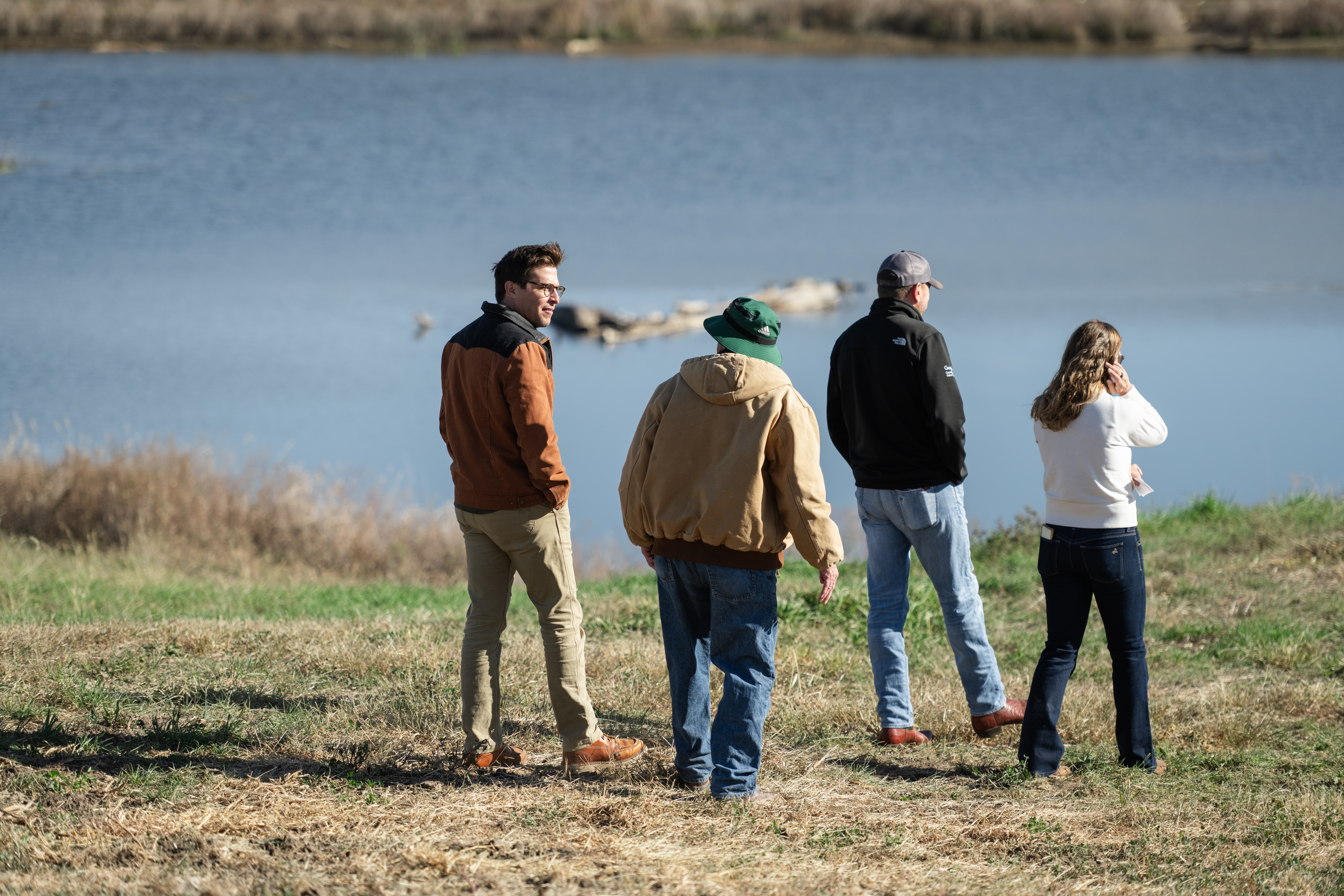National Water Quality Month — Improving Our Water

August is National Water Quality Month. Front of mind for many recently, water quality is of concern now more than ever before.
Water affects our lives in a myriad of ways — when we drink it, recreate on it, swim in it, and more — and access to clean and healthy sources is crucial. Thankfully, innovative and impressive actions are being taken to improve our clean water access. While these efforts are far from over, we celebrate and thank those who are working today for a better tomorrow. Below are just a few of these impactful initiatives.
Iowa Nutrient Research + Education Council
The Iowa Nutrient Research + Education Council is spearheading the Iowa Nutrient Reduction Strategy, a framework to study and reduce the nutrients entering waterways. Looking at point and nonpoint sources, the first-of-its-kind study aims to reduce 45% of all nitrogen and phosphorus traveling through Iowa’s water down the Mississippi River.
Central Iowa Source Water Research Analysis (CISWRA)
The CISWRA project, initiated by the Polk County Board of Supervisors in 2023, was developed to inform Central Iowa about the region’s water quality with an unbiased, scientific assessment. A study of the Racoon and Des Moines Rivers, the comprehensive CISWRA report was a collaborative effort between 16 top scientists from across America. Their findings both celebrate what has been done and point to important changes yet to be made for improved water quality. The Harkin Institute held a presentation to allow the scientists and public to interact and delve deeper into the report. A recording of the presentation can be found here.
Batch and Build
Polk County is improving Iowa’s water with their Batch and Build program. Working with landowners, the program installs bioreactors and saturated buffers on edge-of-fields, helping reduce nutrient runoff by 40% or more. Batch and Build shifts all planning details to the city or county fiscal agent, removing financial and logistical barriers for landowners. Aiming for scale and simplicity, Batch and Build has been widely successful, installing 185 practices to date. Other states have taken note and have begun using the Batch and Build model in their own conservation practices.
Conservation Acceleration Fund (CAF)
In 2023, the Great Outdoors Foundation (GOF) made a commitment to water quality improvement by launching the CAF. A unique funding mechanism, the CAF maximizes pace and impact for water quality projects by synergizing private dollars and public match requirements, effectively removing traditional barriers to funding. With a 4:1 guaranteed match, partner organizations can leverage existing funding to enact massive change in their area.
Below are a few projects made possible through the CAF and our visionary conservation partners.
O’Connor Wetland
The O’Connor Wetland sits about four miles south of Webster City, Iowa, and treats water in the Boone River Watershed. A collaborative effort between landowners Larry and Susan O’Connor, GOF, and the Iowa Department of Land Stewardship (IDALS), the project restored the already existing wetland to appropriate condition. At nearly 11 acres, the wetland treats more than 2,000 acres of row-cropped and tiled upland drainage, reducing 17,800 pounds of nitrate annually. It also helps improve wildlife habitats in the surrounding area.
Brenton Slough
When the Brenton family realized their land needed to be improved and preserved, they turned to the community for help. Polk County Conservation (PCC) stepped in, accepting their goodwill offering of 1,114 acres of slough. The land includes natural habitats of wetlands, oak savanna, woodlands, prairie, riparian habitats, and some areas of crop and hay production. Transferring this land to PCC will allow the area to be properly maintained for conservation best practices and will open a section of the land to public use. This project was a partnership between the Iowa Natural Heritage Foundation, IDALS, Drake University, Google, and GOF.
Corteva Project
This unique project elevated conservation on the Corteva Agriscience corporate campus in Johnston, Iowa. Located within the Beaver Creek watershed, Corteva wanted to ensure their 1, 100-acre campus was not only protecting and improving surrounding water, but also providing educational opportunities for the community. Completed land improvements include 58 acres of prairie seeding, and installation of a stormwater wetland, oxbow wetland, and floodplain wetland. Future improvements include installing a breakpoint wetland and performing woodland restoration. These conservation improvements will mitigate 2,109 pounds of nitrate annually.
At GOF, we are proud of the work already being done. Current projects are taking conservation to new heights and making lasting change on water quality. But we also know we are far from done. There are more partnerships to form, issues to solve, and ideas to chase. So we optimistically look to the future, asking “What’s next?”

